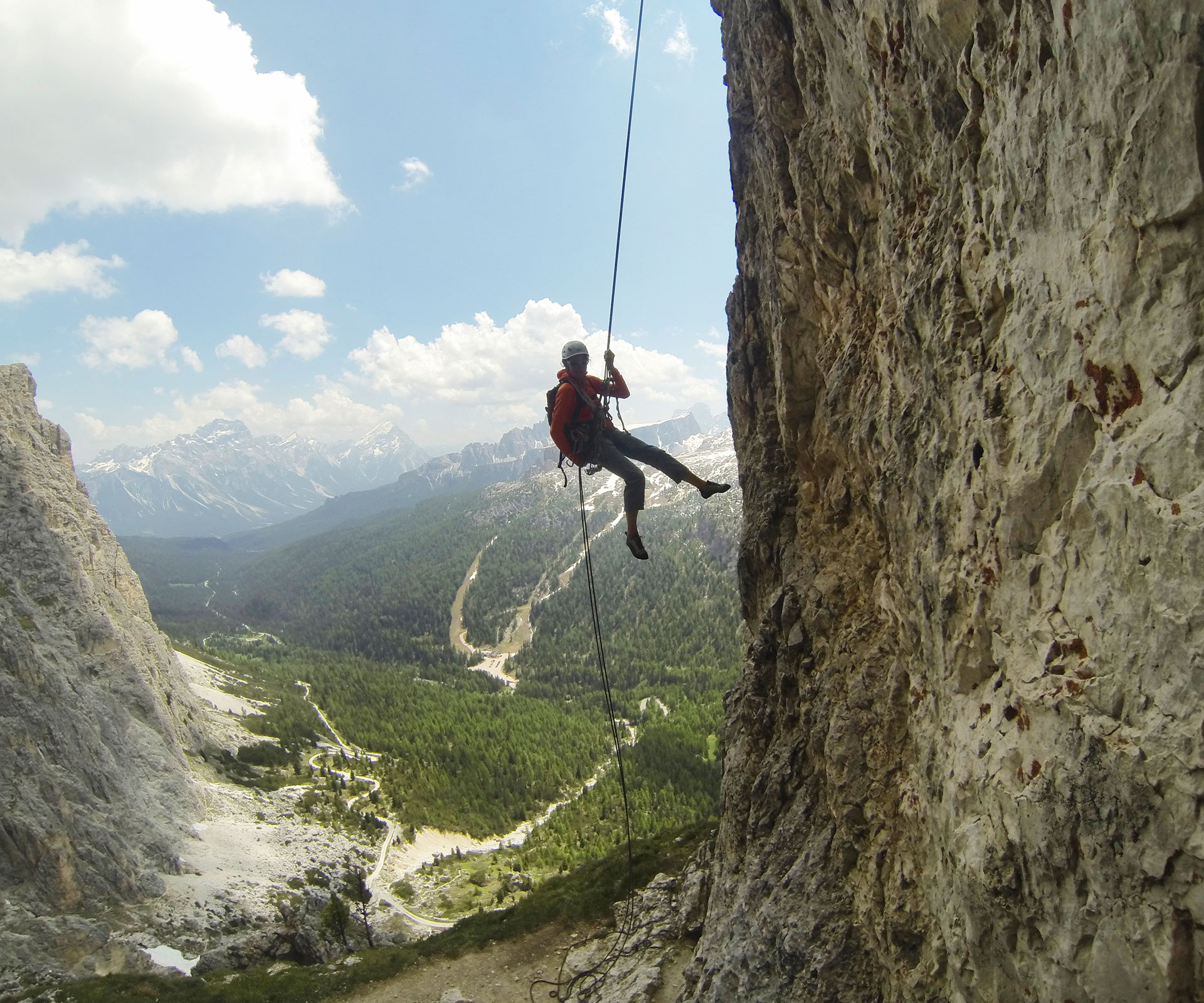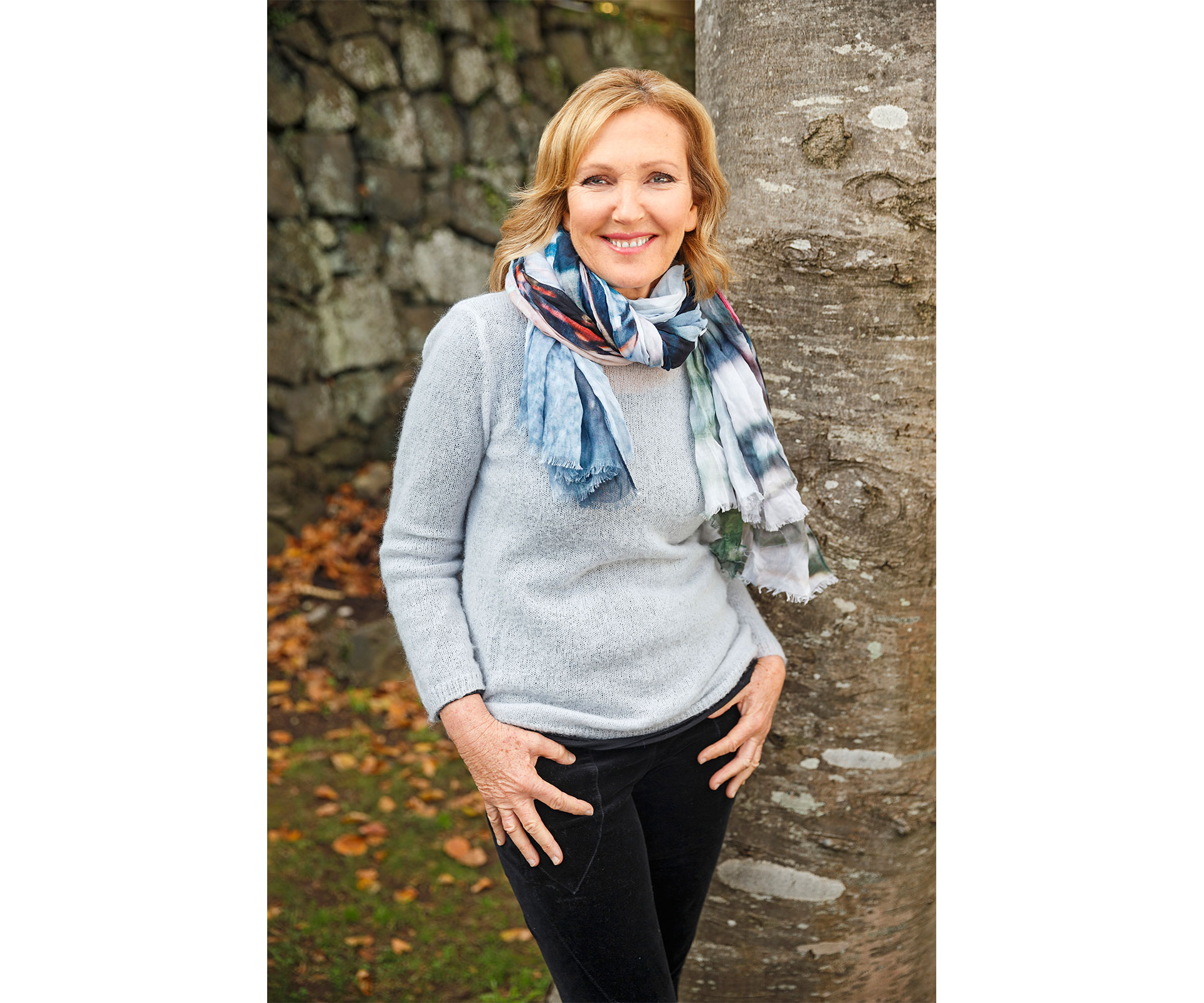In 1987, on her way to becoming the first Australasian woman to conquer an 8000m peak, Lydia Bradey and her Kiwi teammates had arranged to take turns with some Basque climbers to fix ropes on a steep section of Pakistan’s Gasherbrum I.
When the Basques didn’t show for their turn, an incensed Bradey went to confront them at their camp – only to be greeted cheerfully with a glass of brandy and the news that it was a public holiday in Basque country.
“It slowly dawned on me that the Basques had a far healthier attitude towards mountaineering than I did… from that point on I understood that it was possible to be both committed to a climb and happy, and I tried never to lose sight of the fact that mountaineering should be enjoyable.”
Although many of Bradey’s expeditions into thin air have involved gut-wrenching decisions and life-or-death situations, she sees mountaineering as no more dangerous than skiing. “In a single month [December 2013] in the Swiss Alps, a dozen skiers were killed in avalanches,” she says. “There’s a saying in mountaineering: ‘There are bold climbers and old climbers, but no old, bold climbers.’ Everest has had a bad run lately, but you can have years and years when no one dies at all.”
Bradey first knocked the bastard off in 1988 when she was 27. Unlike many climbers – including Sir Ed – she did it alone and without using supplementary oxygen, becoming the first woman to do so.

Sharing stories with Slovak mountaineer Jaroslav Jaško on Bradey’s 27th birthday at Everest base camp in 1988, a week before summiting.
However, her staggering feat was marred by controversy. During the ascent, she’d fallen out with her three male Kiwi teammates, who had failed to summit and left base camp while she was still climbing in the perilous 8000m-plus “Death Zone”.
Team leader Rob Hall then publicly disputed her summit claim. Fearing a lengthy climbing ban from Nepalese authorities for taking a route she didn’t have a permit for, she withdrew her claim. But a few years later, journalists dug deeper and eventually her extraordinary accomplishment was officially recognised. “I felt a lot of relief,” she says.
Bradey reveals her take on the Everest debacle in Going Up Is Easy (Penguin Random House, $38), which details how a relatively unsporty child raised by a solo mum in Christchurch came to be a dreadlock-sporting scaler of the world’s highest and most challenging peaks. There are cliff-hanging (literally) tales of cheating death and candid glimpses of a life lived to the full: dancing to transcend language barriers in expeditions; getting sterilised at 26 to stop her menstrual cycle muddling her physical ability to climb; her numerous dalliances – and occasional disputes – with male climbers.

Climbers navigate a crevasse under Lhotse and the south-west face of Everest, 1988.
Within the pages, co-written by her good friend, award-winning novelist Laurence Fearnley, Bradey lays herself bare – had the Everest backlash thickened her skin?
“No, I think it thinned it. I probably needed to do some learning in that respect. I was good at understanding crevices – better than I was about hurting people’s feelings.”
Today Bradey, 53, conducts her career as an international mountaineering guide from her home in Lake Hawea, which she shares with her partner, fellow guide Dean Staples. “I love guiding so much because it combines travelling and climbing,” she says. “It’s a great privilege to translate the mountains to people, and if you’re lucky, you connect with your clients and have a unique experience.”
Words by: Joanna Wane
Photos: Lydia Bradley collection


